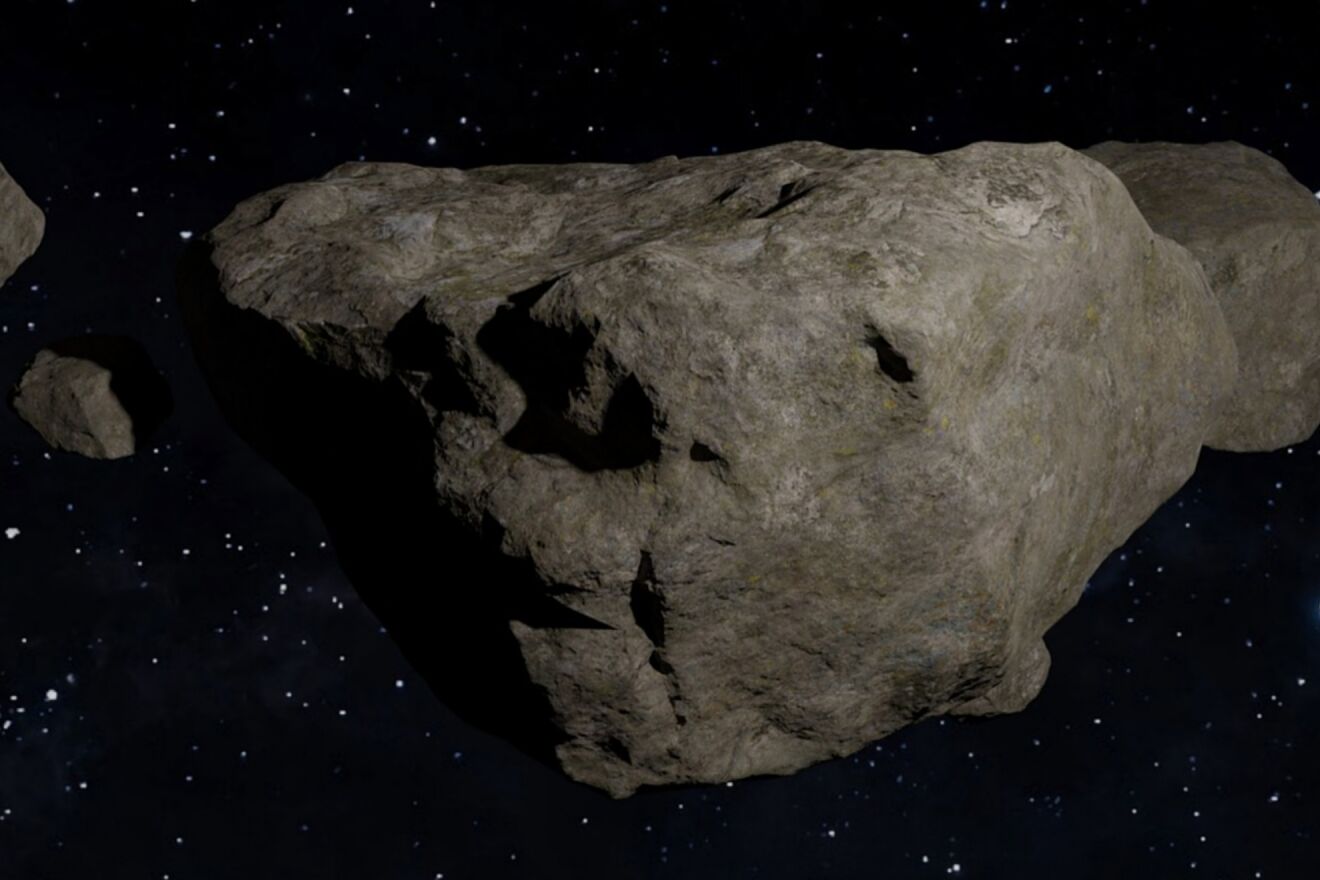Could This Asteroid Be Alien Tech? Harvard Scientist Proposes Shocking Theory

Is it a rock… or something more? A recent discovery has sent ripples through the scientific community, prompting a fascinating and somewhat controversial theory from a Harvard University astronomer. On July 1st, NASA's Asteroid Terrestrial-impact Last Alert System (ATLAS) project detected an interstellar object, now designated 3l/ATLAS, hurtling past Earth. While initially considered a typical asteroid, its unusual trajectory and behaviour have led to a startling hypothesis: it could be a piece of extraterrestrial technology.
The Unusual Object: 3l/ATLAS
3l/ATLAS is an interstellar object, meaning it originated from outside our solar system. This isn't entirely new – 'Oumuamua, discovered in 2017, was the first confirmed interstellar object. However, 3l/ATLAS presents some distinct differences. Its initial observations suggested it was a comet, but subsequent data showed no signs of outgassing, the typical behaviour of comets releasing gas and dust as they approach the sun. This lack of a visible coma (the fuzzy atmosphere around a comet) is what initially raised eyebrows.
The Harvard Scientist's Theory
Avi Loeb, a renowned Harvard astrophysicist and director of the Institute for Theory and Computation at Harvard, has proposed a radical explanation. He suggests that 3l/ATLAS may not be a natural object at all, but rather a fragment of advanced alien technology – perhaps a discarded solar sail or a piece of a larger spacecraft. Loeb’s reasoning stems from the object’s unusual acceleration, which he believes cannot be fully explained by gravitational forces alone. He posits that a light sail, propelled by solar radiation, could account for this acceleration.
Why the Skepticism?
Naturally, Loeb’s theory has been met with skepticism from many in the scientific community. The idea of an alien spacecraft fragment passing through our solar system is a bold claim, and requires substantial evidence. Critics argue that there could be other, more conventional explanations for the object's behaviour, such as interactions with the solar wind or previously unknown physical properties of the object itself. Furthermore, the data available on 3l/ATLAS is still limited, and observations are becoming increasingly difficult as the object moves further away from Earth.
The Search Continues
Despite the skepticism, Loeb and his team are actively searching for further evidence to support their theory. They are using powerful telescopes to try to detect any signs of artificial structures or unusual materials on the object's surface. The ongoing observations of 3l/ATLAS are a crucial opportunity to learn more about interstellar objects and potentially uncover evidence of life beyond Earth. Whether it's a natural asteroid or alien technology, 3l/ATLAS is captivating scientists and the public alike, reminding us of the vastness and mystery of the universe.
What does this mean for the future? The discovery of 3l/ATLAS, and the subsequent theories surrounding it, highlight the importance of continued investment in astronomical research and the development of advanced detection systems. The possibility, however remote, that we could encounter evidence of extraterrestrial technology is a profound thought that warrants serious scientific investigation.






